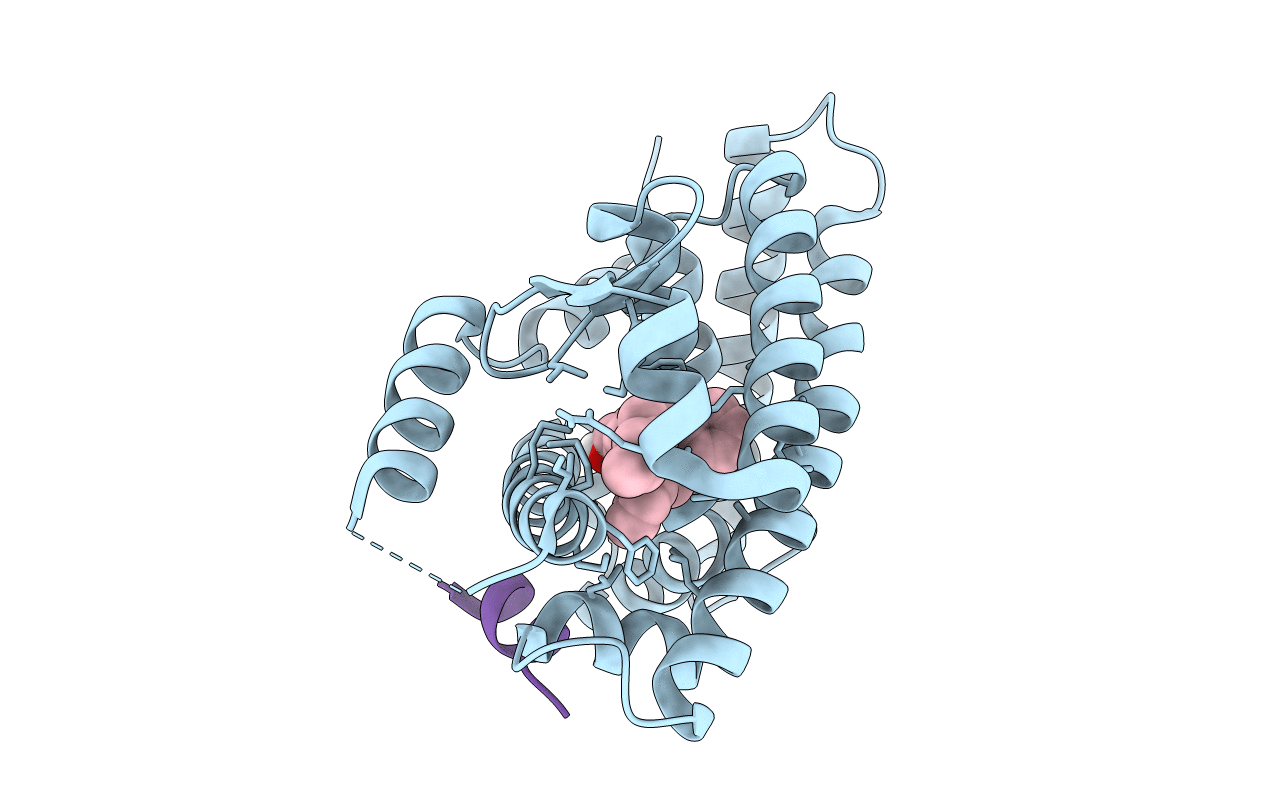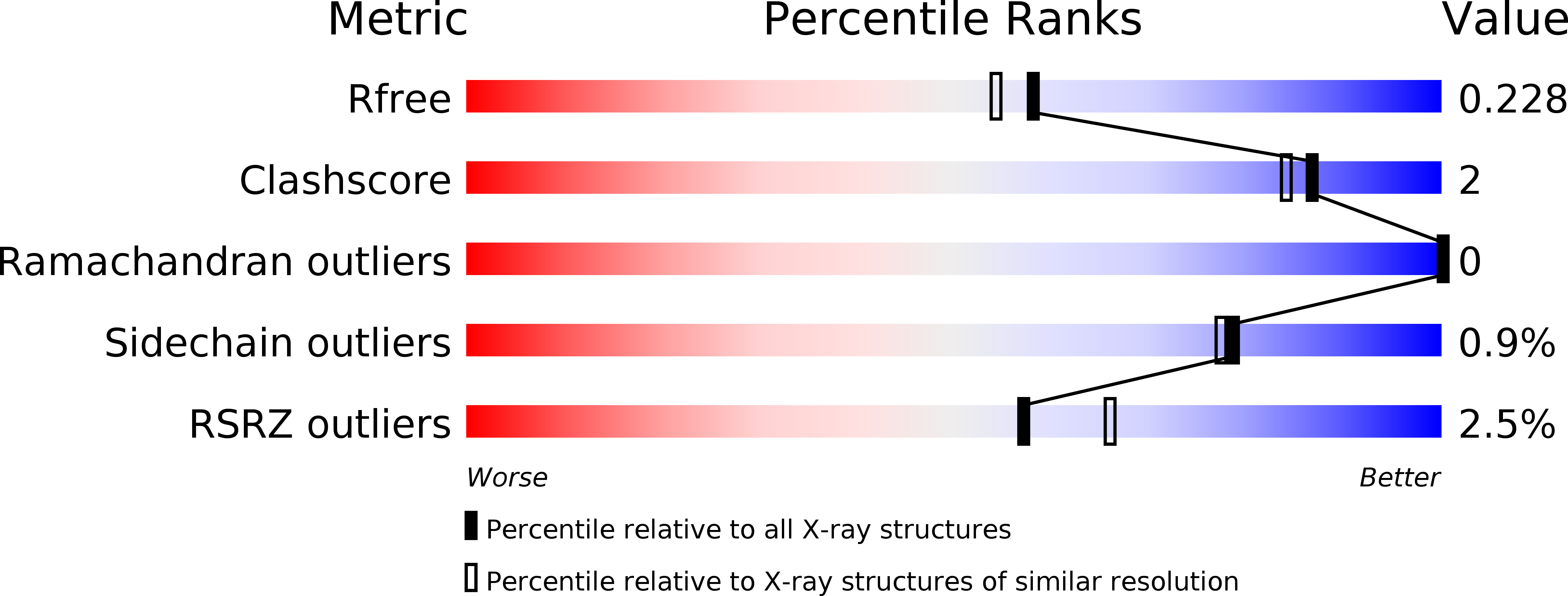
Deposition Date
2017-01-31
Release Date
2017-04-19
Last Version Date
2023-10-04
Entry Detail
PDB ID:
5UNJ
Keywords:
Title:
Structure of Human Liver Receptor Homolog 1 in complex with PGC1a and RJW100
Biological Source:
Source Organism:
Homo sapiens (Taxon ID: 9606)
Host Organism:
Method Details:
Experimental Method:
Resolution:
1.96 Å
R-Value Free:
0.22
R-Value Work:
0.19
R-Value Observed:
0.20
Space Group:
P 21 21 2


